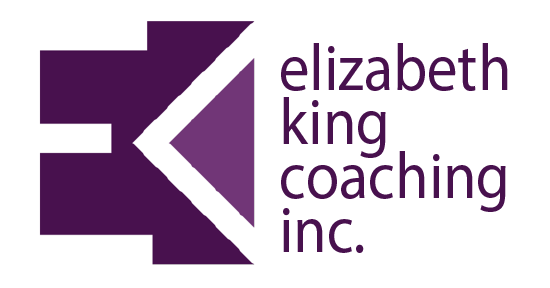Testing: Use The Opportunity
People get mad about tests. We fight about their fairness, content, and relevance. I applaud those who devote their careers to creating tests that create parity (with varying success) among students. It’s tough. I don’t want the job.
Nevertheless, while different tests come and go, they aren’t going away. I say, if tests are a fact of life, let’s do everything we can to equip ourselves to approach them with as much efficiency and intelligence as we possibly can. Let’s learn from the test, rather than “teach to it.”
Rather than talking about math, the most easily quantified skill, let’s get right into the thick of it: let’s talk testing reading comprehension.
One might argue that the objective of a multiple-choice reading test is to arrive at the answer the test-maker has decided is correct. It’s just a task: identify the test-maker’s correct answer. The point is not to read the passage and write a reflective essay about what this passage means to you, how it relates to your life, or connections you see with other pieces of literature.
Everyone bristles.
I have my own ideas! I got something else out of it! I disagree with this author—that conclusion isn’t true!
And to that, I say this: you’re missing the point of the exercise.
When we read a newspaper or a magazine, we’re reading a passage in which a predetermined set of conclusions are already drawn by the writer and media outlet and at which we are expected to arrive. The same is true of literature—rest assured that everyone from Paul of Tarsus to Jane Austen to Toni Morrison intends to lead us to particular assumptions about the people and scenarios about which they’re writing.
We could probably go so far as to say that that’s the whole point of writing and communication.
It’s imperative that we be able to identify the primary purposes, subtexts, and intentions of the writers we’re reading—even if we don’t agree with those conclusions. More importantly, we as readers must be able to identify those assertions which the writer is not making. Current American culture is characterized by sensationalism, political grandstanding, and general hyperbole in the endless pursuit of readership, election, and ratings. It’s our responsibility as consumers of information to equip ourselves with the tedious task of parsing out meaning and intention.
Interestingly, approaching reading test answer choices using a purely subtractive technique can enhance a student’s overall critical thinking skills. Subtractive elimination is a process of elimination that goes beyond assessing an answer choice as a whole thought or idea and, instead, encourages the reader to focus on the choice one word at a time. A multiple choice test provides an unusual opportunity in that students can learn to winnow through answer choices that are usually only 6 to 15 words in length and critically assess each word in each answer choice. When it may be only one word that makes an answer choice wrong, students must read as carefully and closely for meaning as they possibly can. A correct answer on a critical reading multiple choice test is the answer at which we arrive when we’ve clinically disproven the other options.
This means that each noun, adjective, preposition, verb, and article in each answer choice must be criticized—consciously defined or assessed in a student’s mind—and then eliminated or included based on that critique.
It’s so challenging… and so important.
This sort of thinking-in-a-vacuum is foundational; it’s a core competency that enables students to express themselves with specificity and purpose when they themselves write and to confidently engage in written and oral discourse.
If we can’t read articles, literature, or legislation for specific understanding and meaning, we have a problem.
We may start believing in UFO’s, entrusting our money in Ponzi schemes, or thinking we may die by death panel.
In fact, let’s look at this post as an example.
What is the primary purpose of this post? It is not to argue that students should be graded based solely on test scores, that teachers should “teach to the test” (whatever that means), that students should not be writing essays and poetry frequently, or students should be discouraged from drawing their own conclusions from their reading experiences. Rather, it aims to point out the merits and real-world relevancy of learning critical, quantitative reading skills in the context of an extremely structured multiple choice test.
Teaching critical reading skills that apply to a standardized format transforms a traditionally ineffective school practice into a useful skill. It empowers students to read critically both on test day and as lifelong consumers of information. …and isn’t that really the point?


